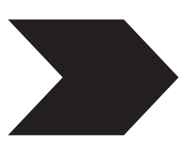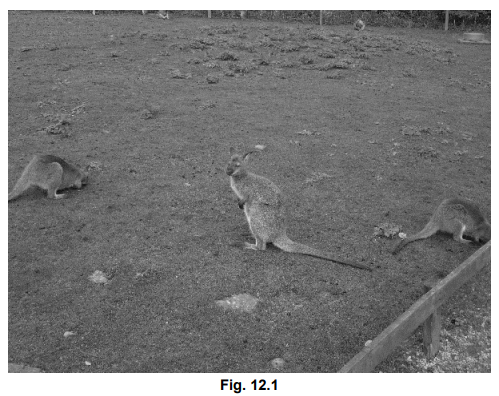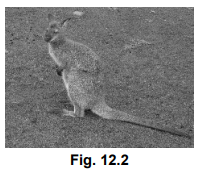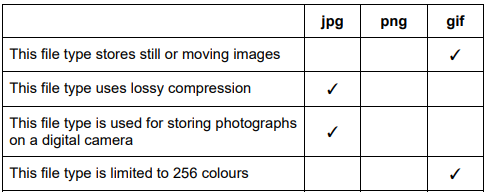Chapter 12
gif and jpg file formats are used to store images.
(a) Give one reason for using each of the file formats. Each of your reasons must be different.
gif Used to store animated/moving images
Used to store icons/simple logos
jpg Used to store photographic images
Used to store graphics with complex colours and gradients
(b) Explain the differences between the two file formats.
gif
Graphics Interchange Format
Supported by all web browsers
Can be animated images
Supports 8-bit colours/256 colours/limited
Features background transparency
Image quality never degrades with resaves
jpg
Joint Photographic (Experts) Group
Supports 24-bit colours/16.7 million colours//More colours
Image quality degrades slightly when a JPG is resaved
Uses lossy compression
No background transparency
Enlarging the image can cause pixelation
Image quality is better
(c) The file size of an image can be reduced by changing the file format of the image. State two other ways of reducing the file size of an image.
1 Change the resolution/quality of the image
2 Reduce the colour/bit depth
—> Change the compression method/Compress the file, Reduce layers
A web page can contain images saved as png or gif file types.
(a) State what is meant by png and gif file types.
png
Raster/full colour digital photos
Images with a transparent background
gif
Moving/animated image
(b) Explain the differences between the two file types.
Same images saved as a GIF loads/reads faster than PNG
GIF uses limited colours (256) whereas PNG uses a bitmap of colours
GIF can have moving and static images whereas PNG only have static images
PNG can have transparent background
PNG is compressed
PNG is lossless
The student has placed images in the document. State two file formats she could have used for the images.
Png
Gif
Jpg/Jpeg
Bmp
PDF
IMG
An image has been changed in a number of different ways.
Original image  For each of the following images describe the software editing technique used in order to produce the edited images shown from the original image. Edited images
For each of the following images describe the software editing technique used in order to produce the edited images shown from the original image. Edited images
 A - Resize the image maintaining aspect ratio
A - Resize the image maintaining aspect ratio
B - Rotate the image 90 degrees anti clockwise/counter clockwise//270 degrees clockwise
C - Reflect the image in the Y axis
D - Brightness adjusted
The director of a zoo is writing a document about wallabies. He has taken an image of some wallabies (Fig. 12.1) and is planning the layout of the pages which will include part of the image. The image he plans to use is shown in Fig. 12.2

 Name the editing technique that was used to change Fig. 12.1 to Fig. 12.2.
Name the editing technique that was used to change Fig. 12.1 to Fig. 12.2.
Cropping/crop/cut
Name other sources of digital images apart from using a digital camera.
Internet
Scanned images
Images stored on: Smartphone/Mobile phone/PC/Tablet/SD card/Smartwatch
Clipart libraries
Screenshot
Tick (✓) whether the following statements about generic image files refer to jpg, png or gif file types.
